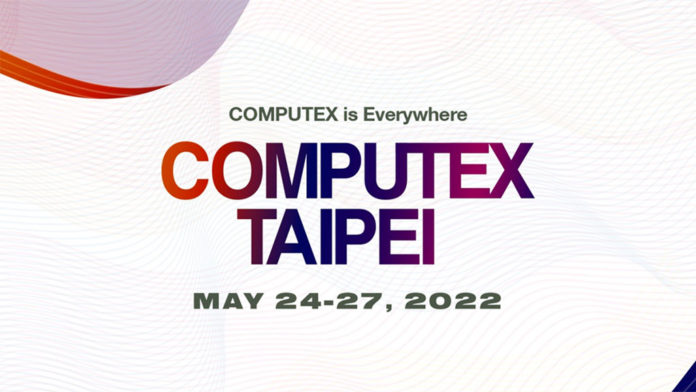Computex is one of our favorite events to cover because it focuses on upcoming computer technology. It’s the main event to watch for news on new motherboard, CPU, GPU, and other component announcements. All that hardware in your XBOX or PlayStation? Yep, it was probably announced, or at least heavily mentioned, at a Computex.
To say that 2022 is going to be an interesting year of pros and cons for computer hardware is an understatement. It’s almost certain at this point that we’ll be entering the year with the continued shortage of components (and an increase in prices for them). While we may see 2023 before the supply chain issues are resolved, 2022 is still set to be beneficial for new hardware releases (especially for any lucky soul who can actually get their hands on what they want to buy at retail).
The following are some of the products you’re going to want to keep watch for as we leave 2021 behind and welcome a new era of computing.
Processors
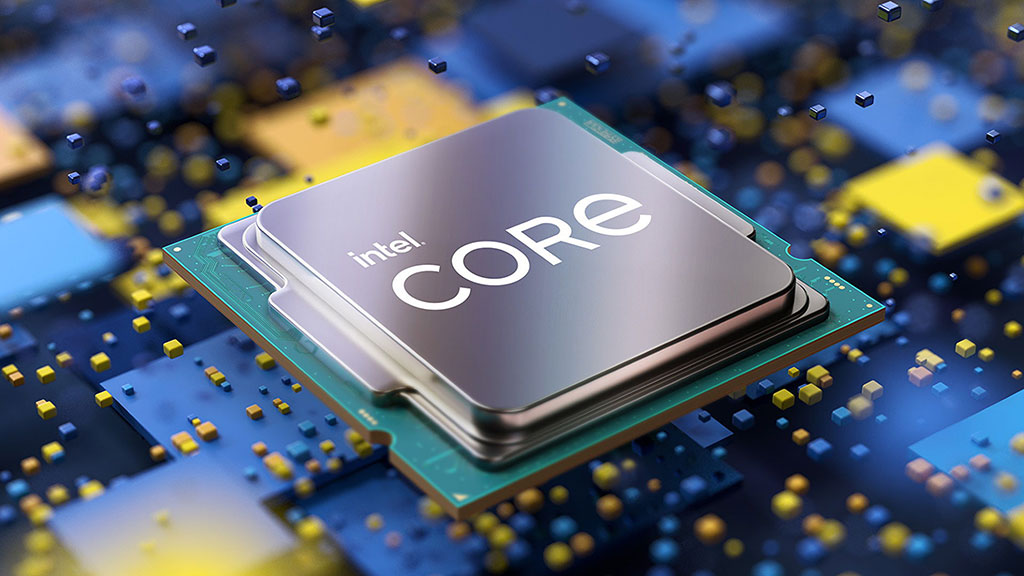
CPUs (processors) are the horsepower of a system — the brains of that horse if you will. The faster the CPU the faster everything will work from the user point of view. Even graphics and GPUs, as we’ll cover shortly, rely on the CPU to processing incoming data to eventually display the results on the screen.
Over the last several years we’ve had a bit of a dearth of growth in computing power. Sure, each year we see new releases of processors from both Intel and AMD and other manufacturers with a jump in core counts (how many CPUs are packaged together, essentially). But otherwise it’s been incremental improvements of a few percentage points of performance here and there.
AMD has made significant strides in the last few years, quickly catching up to what Intel is capable of delivering. However, 2022 is going to see the fight come to a head. There is going to be heavy competition between CPU powers greater than we have seen in nearly 10 years. Intel has been getting its act together already with a new CPU architecture just released named Alder Lake. This new architecture results in a performance jump much greater than Intel has put out in a long time.
Intel realizes it’s had difficulties developing improved performance CPUus over the last several — stressing the word “several” — years with its 10nm architecture and may bring a two-punch hit to AMD in 2022 with a follow-up to their Alder Lake architecture. Performance is going to be a focus for both Intel and AMD in 2022, but it may be AMD looking to catch up this time with its upcoming Zen 4 architecture.
Graphics (GPUs)
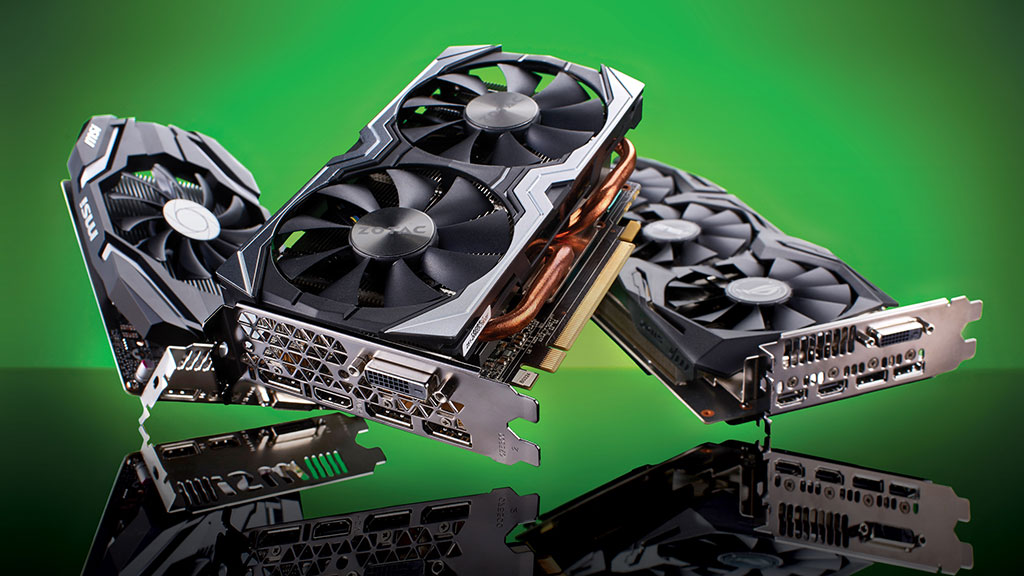
We’re all gamers here at Events For Gamers. As much as we love to upgrade to the latest CPU to ensure programs run smooth as butter, the visual fidelity (especially in games) is where our interest lies. Our mouths start to water when we learn about the next generation of graphics cards (GPUs) and what they are capable of delivering.
Assuming you can find a dedicated GPU at all amidst the shortages, 2022 is going to bring another interesting fight in this arena, but this time (perhaps for the first time ever) three graphics powers will come to head. The two expected contenders, Nvidia and AMD, will be revealing their next generation solutions. Nvidia will be releasing what may be the last generation of ‘monolithic’ graphics processors (single chips essentially) called Lovelace, while AMD develops the first multi-die GPUs called RDNA4. AMD is also working on some innovative cache technology called Infinity Cache to help boost gaming performance.
What makes the next gen cards so intriguing is their anticipated power profiles. Usually, a new graphics architecture will deliver perhaps 50%, maybe even 100% performance over the previous generation. Nvidia and AMD are anticipated to be building graphics solutions capable of 200% to perhaps as high as 350% more performance than current generation solutions.
What’s also even more incredible is how much electrical power they will suck out of your wall outlet. While these cards are going to run the latest generation of games at or near peak settings, they will also melt your wallet (and computer’s power supply if it’s a low-power one) with power-hungry components. We’re not sure how well the next generation of GPUs will conform in laptop and other mobile solutions, but you can be sure that you won’t be getting a 200-350% increase in performance in more compact solutions because of the tight power constraints.
For DIY system builders, be warned that purchasing a next gen 2022 GPU may require a new power connector and even a new power supply. Also anticipate needing a higher capacity power supply of at least 1000-1200 watts if you want a top-end GPU in late 2022.
System memory
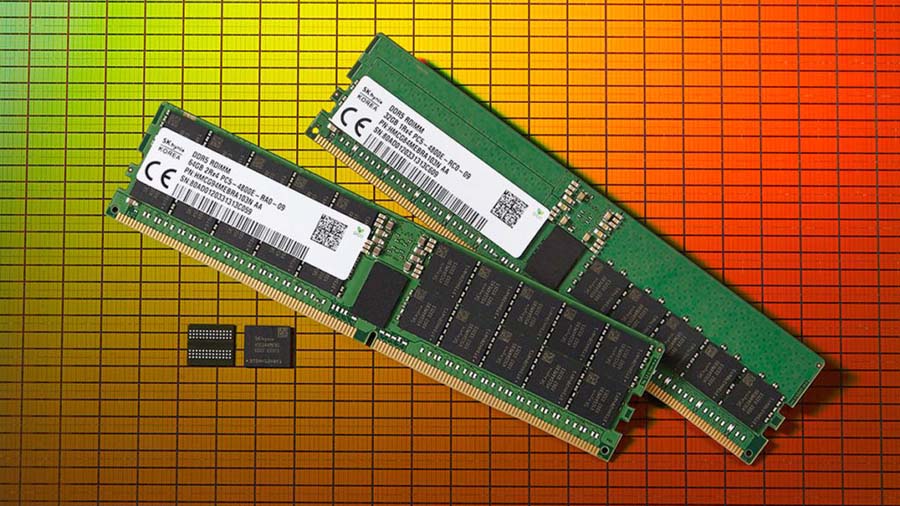
Every 5-7 years or so we’ll see the next evolution of system memory. System memory is the interface between the CPU and rest of the system for loaded programs. The first time something runs and is maintained as an active program on your operating system, it is using system memory. The latest type of memory is known as DDR Memory in most systems built in the last couple of decades. Anything sold at your local PC shop has this type of memory installed.
DDR3 came out in 2007, DDR4 in 2014, and now DDR5 is made its debut with Intel’s Alder Lake this past quarter. Of course DDR5 is faster and has several other bells and whistles that will be appreciated. As of this article’s publication, we’ve certainly seen faster performance, but it depends on the application and operating system.
For those early adopters out there, DDR5 is painfully expensive. This is how each new generation of DDR typically occurs. It’s expensive, “meh” on performance (vs. the best of the best of the previous generation anyway) and then after a year or two will become better in all these areas. Late 2022 with the new CPUs and GPUs mentioned above might be the best time in a long time to upgrade.
Motherboards
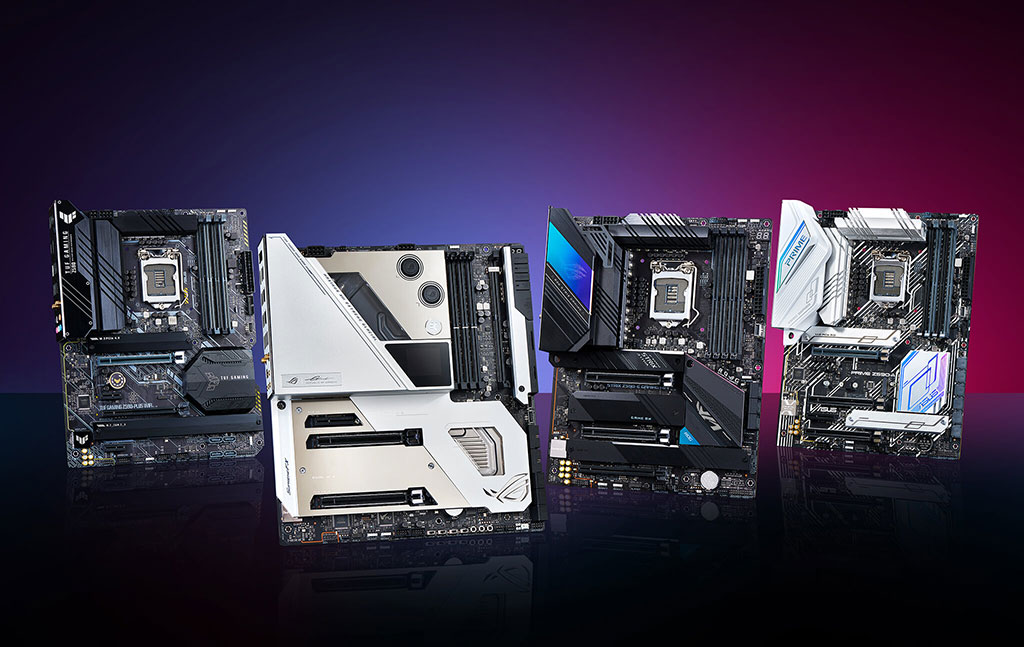
GPUs typically don’t need other components in order to upgrade unless your computer is a decade old or more. So you may be able to get away with not having to upgrade the CPU either for a generation or two, but this is not the case with a new generation of memory.
DDR5 is going to absolutely require new motherboards (and by extension CPUs) to function. Motherboards are the foundation, so to speak, upon which all things plug in with each other. The CPU, memory, GPU, and just about every other component plugs in somewhere to the motherboard.
We’ve already covered DDR5 though, so what else is going to be special about motherboards in 2022?
As mentioned earlier, we technically will have some of these upcoming advances in Q4 2021 with Intel’s Alder Lake in late 2022. We get the feeling Intel released it this year just to “show off” that it can still compete since it’s so far behind now. After Computex is when Intel’s offerings will likely begin to mature with faster and more stable versions being released — and hopefully cheaper versions too.
We may have to cover these in a separate article for our readers that find this techy stuff interesting, as we’ll just list here briefly a few interesting things to note.
Data storage
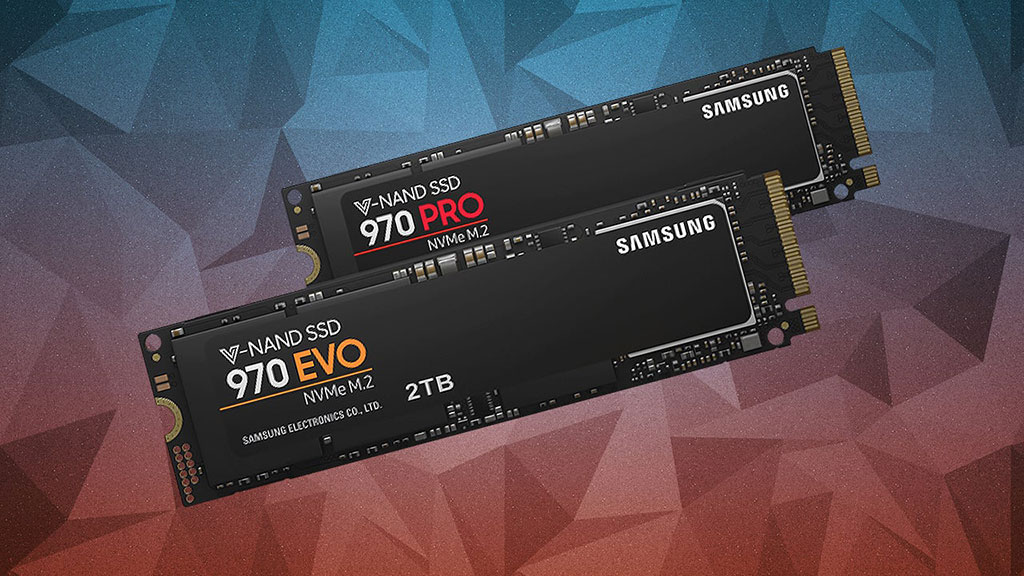
While space for storage devices in desktop systems was never really a problem, more users than ever are purchasing laptops for work and play. It’s preferred when they are as light as possible for one’s actual lap and the old spinning hard drives of yester-year certain added to the total weight. With SSDs maturing over the last decade, this is no longer a problem.
Even so, the industry is finding even more ways to compactify your terabytes of storage. New M.2 form factor slots with NVMe drives will allow SSDs to be the size of a mini ruler, or a fraction of the card sized offerings of classical SSDs using the older SATA technology.
And motherboard manufacturers are finding ways to jam more USB ports and other connectivity options (for the right price of course).
PCI Express
The technology that allows transfer of data between the motherboard and GPU as well as the motherboard and storage devices. There are other components that connect to PCI Express but GPUs and storage are the dominant use cases. Intel’s Alder Lake and future AMD motherboard architectures will support PCI Express 5, double bandwidth from the still new PCi Express 4 standard.
We mention it because of its importance in ensuring a base line maximum of bandwidth for the above mentioned components. Without a fast PCI Express interface, the “highway” of your devices might be hampered. Fortunately, graphics cards barely saturate PCI Express these days, and certainly don’t for 4 or 5, so it’ll be a combination of GPUs and SSDs, or possibly a beefy SSD alone, that’ll use the bandwidth.
USB-C and Thunderbolt 4
An explanation of what USB is probably not needed here, so we’ll briefly mention Thunderbolt 4 (and the rumored upcoming Thunderbolt 5). USB, USB-C, and Thunderbolt connections are also directly tied to a system’s motherboard. Computex doesn’t cover peripherals quite as much as main hardware components, but it is still something to watch for at the show and other events that dig into the USB standard.
Wireless 6E (WI-FI 6E)
Need faster Internet connectivity to the wall? Don’t have any walls? No problem. WI-FI 6E is the new speed standard to make web content load as fast as possible. There’s not much more to be said here other than it’ll be included in several motherboard versions and be faster than previous generations of the technology. We mention it here because by the time Computex 2022 rolls around, we’re sure to see the next version announced.
An exciting time to follow PC hardware
It’s a fascinating time to be following the computer hardware industry. While tight supply and crazy high prices might prevent us from snapping up these new offerings anytime soon, we can at least drool over their performance potential. Hopefully once Computex 2022 comes around most of the supply and pricing problems will be behind us and the latest generation of offerings will be MSRP-ready.
Keep watch for more news about Computex 2022 right here at Events For Gamers. Next year is going to be a techy’ s dream come true.


